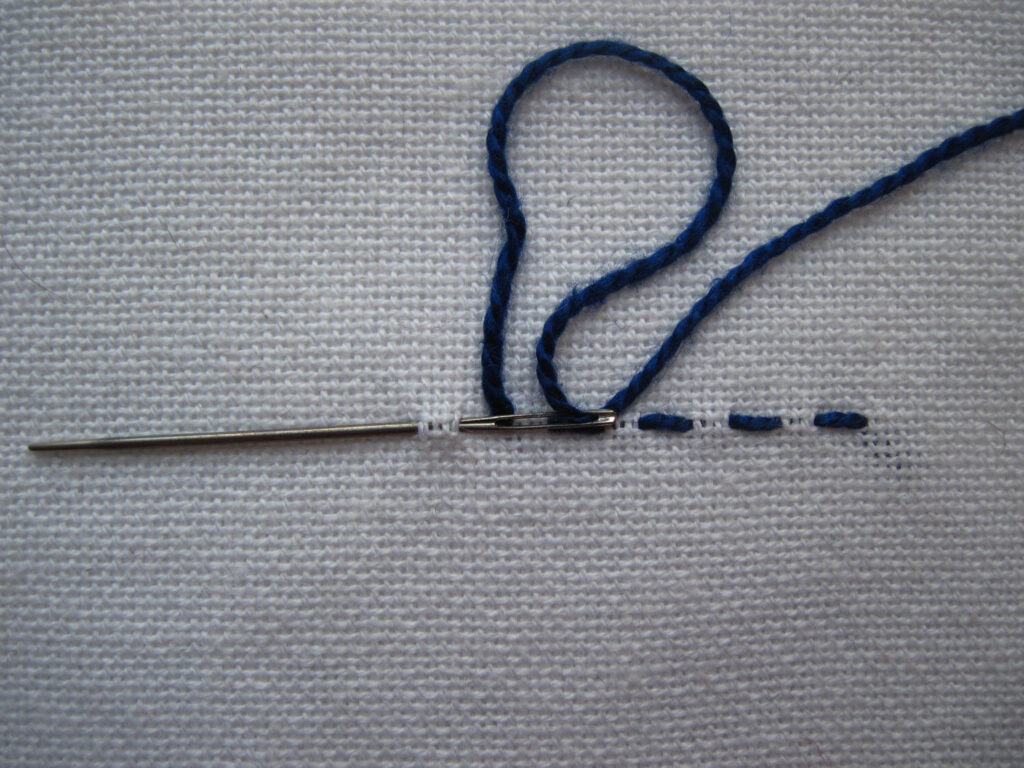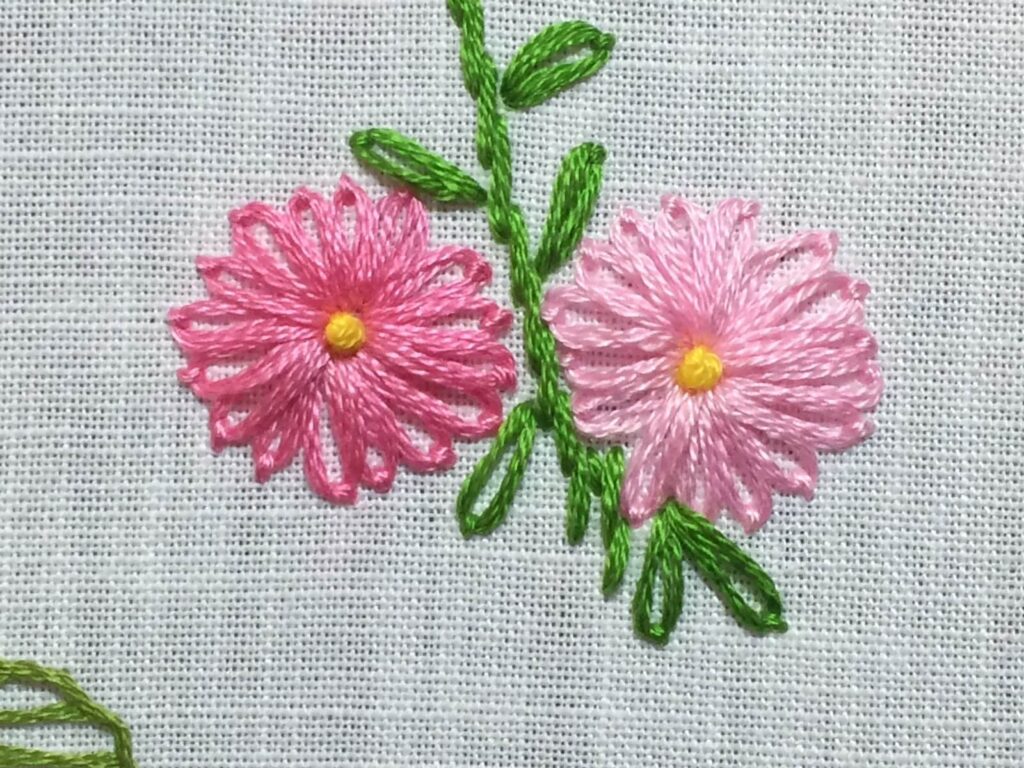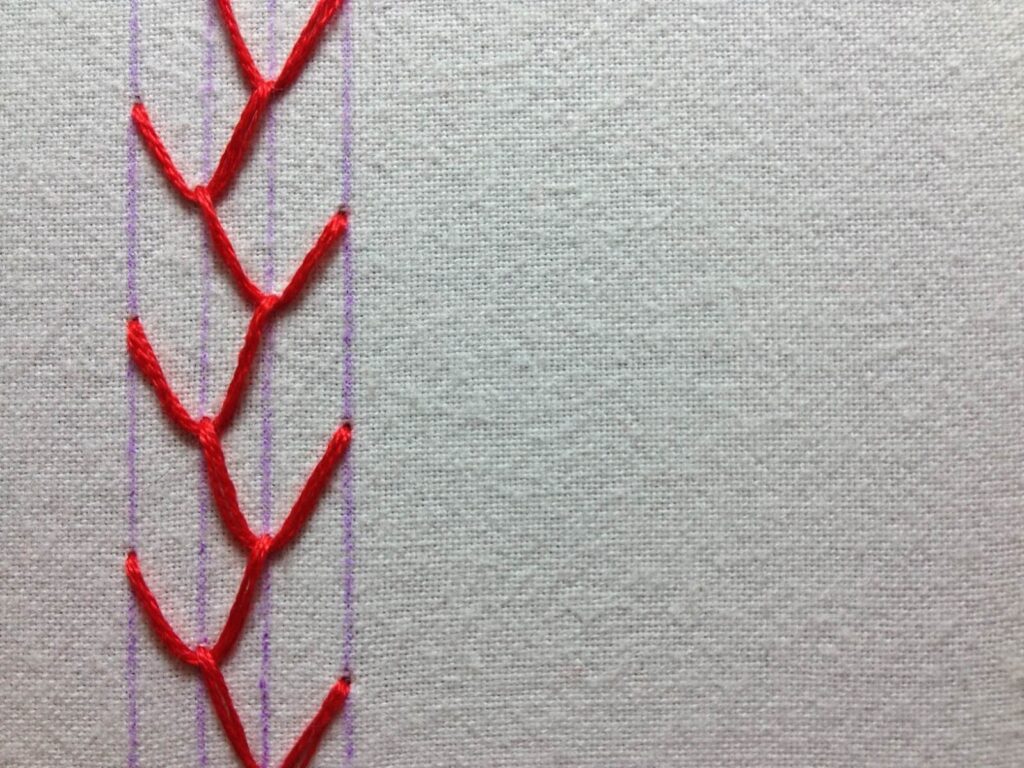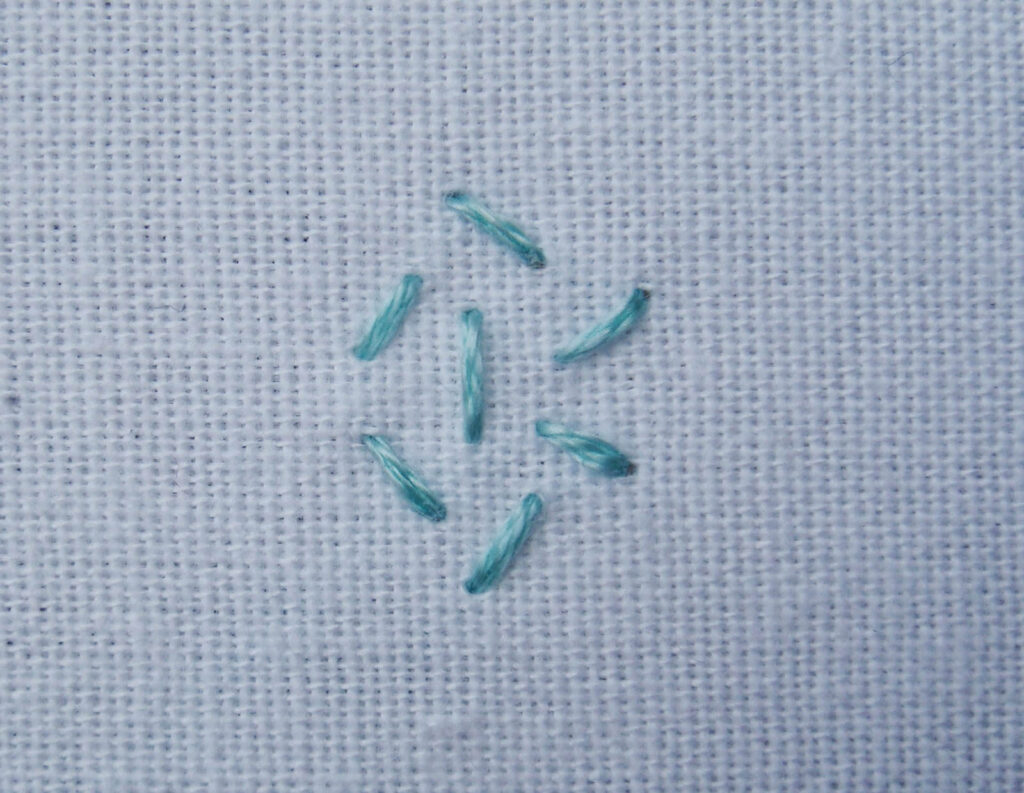To master the technique of embroidery, it is important to first set your hands on basic stitching. Basic stitches are keys to more elaborate designs and stitches that seem difficult to master at the first place. This article examines the best types of hand embroidery stitches.
Types of Hand Embroidery Stitches
Running stitch
It is one of the most basic stitches in embroidery and hand-sewing. In fact, all other forms of sewing is based on a running stitch. The length of a running stitch may vary, however, more thread is visible on the outside in this type of stitch than on the underside. That is, this type of stitch runs through the fabric that you are working on.
Back stitch
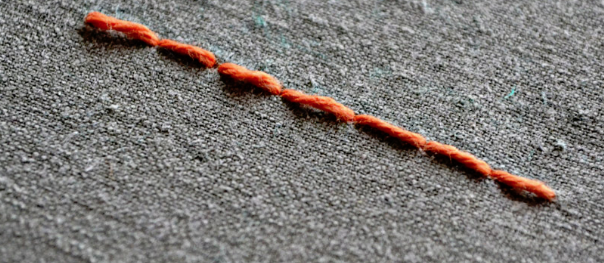
Split stitch
This type of stitch can be used to create beautiful embroidery designs. It is an alternative form of back stitch and also works similar to it. It is used to create embroidery patterns with some bit of texture, including fuzzy animals, trees, flowers and cupcakes. It looks best when you keep it short.
Stem stitch
This type of stitch works just like split stitch, however, the embroiderer just needs to come up beside the stitch instead of splitting the previous stitch. It is best suited to create embroidery designs with curvy lines such as vines and stems. In fact, it is one of the most common form of hand embroidery stitched used in vintage linens.
Satin stitch
Also known as damask stitch, a satin stitch is traditionally used to cover an area of the fabric. These hand embroidery stitches appear in the form of flat lines and can also be created with the help of a sewing machine. It may require finishing to be done with a chain, back or split stitch to maintain a smooth outline.
French knots
This type of embroidery stitch may seem a bit hard; however, it is not that difficult to master them. All you need to do is to pull the thread in front of the fabric, wrap the thread around between the needle and the fabric three times around the needle tightly and push the needle through the back of the fabric. An embroidery design created with the help of French knots looks delicate and cute.
Chain stitch
It is used to create an easy embroidery design in which looped stitches are used to create a chain-like embroidery pattern. It is considered as one of the most ancient embroidery stitches and it has been there since the Warring States.
Lazy daisy
In this type of stitch, a long loop is held down with the help of a small stitch. Also known as detached chain stitch, lazy daisy can be used to combine several individual stitches to form a chain or clusters to make easy embroidery designs showing leaves and flowers.
Feather stitch
This type of stitch is used to create looped and open stitches on either side of a central rib. This technique emerged in England more than 100 years ago to decorate smock-frocks. Feather stitch is believed to be related to chain and buttonhole stitch.
Seed stitch
Also known as moss stitch, seed stitch is a bulky form of an art, which is often used to create flat and reversible decorative materials. This technique is widely used to embroider the borders of a piece and makes use of single stitch and purls that appear alternate horizontally and vertically.
Couching
In couching or laid work, the yarn is laid down on a piece of fabric and are tied to it with the help of a small stitch made with the help of the same or a different yarn. The color of the couching yarn and the yarn thread may be the same or in contrast to each other.
Blanket stitch
This type of stitch is used to reinforce the corners of thick materials. Also known as crochet or whip stitch, it is a form of decorative stitch used to rectify unhemmed fabrics, including blankets, garments, home furnishings and swim suits.
Whip stitch
It is one of the simplest form of stitch used in crocheting and sewing. Typically, it is used to stitch together two pieces of fabric with flat ends. A whip stitch may appear prominent in the case of sewing, however, it remains nearly invisible in case of crocheting.
Ladder stitch

Laced running stitch
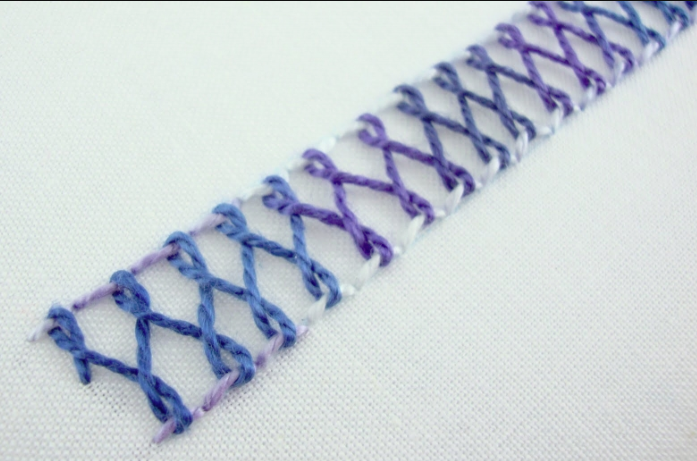
As daunting as it may seem to have your designs carved on painstakingly with your hands, it is even more troublesome when you put your time at stake and realize that you missed a simple detail. We, at Absolute Digitizing, have hands proficient at embroidery digitizing services, so you don’t need to tire yours

